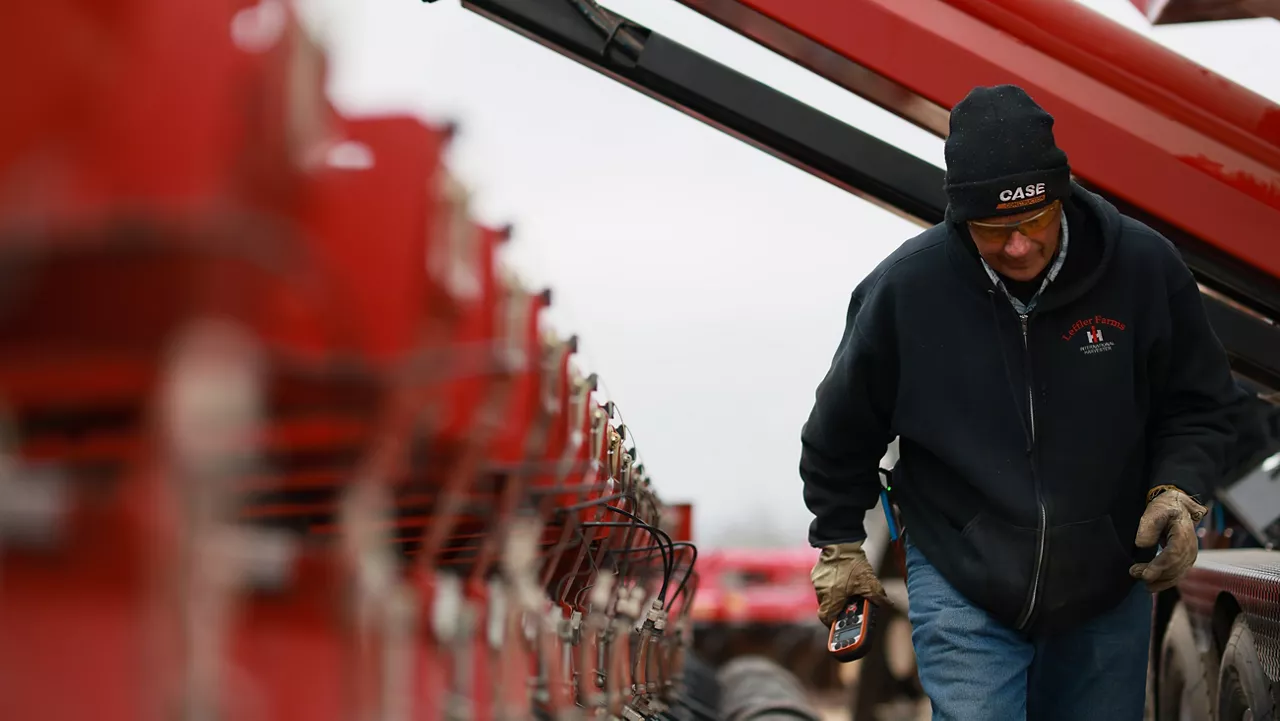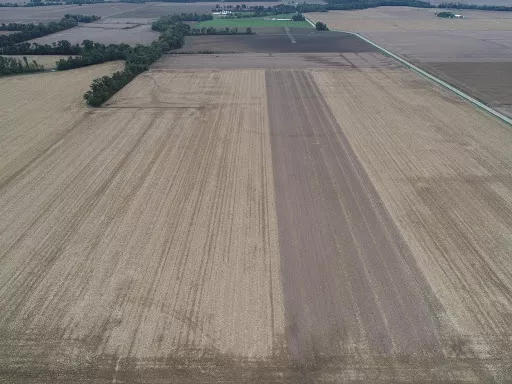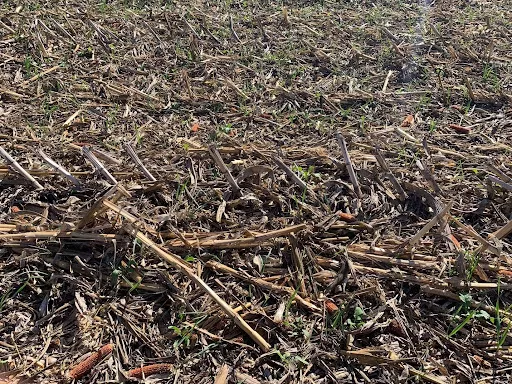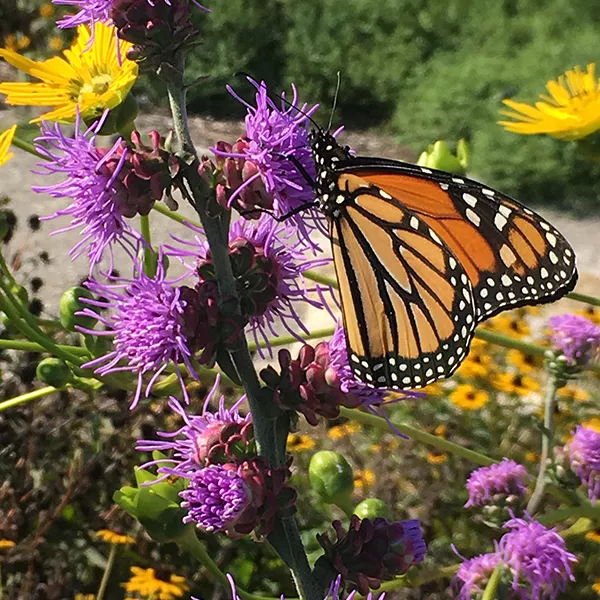We engaged in this project hoping for insights into the effects these decisions have on farming operations, and we’re pleased to find that from our first season we were learning things that we might not have expected otherwise.
Conservation tillage (also called no-till) is a practice that doesn’t disturb the soil prior to planting. This leaves fields generally a bit cooler and wetter, with plant residue still present on the field. Conservation tillage also promotes better air quality through a reduction in air particulate matter, and maintains soil health by keeping the soil a positive environment for organic matter and beneficial organisms.
The biggest and most obvious positive indicator for conservation tillage so far has been productivity. While it’s early in the life of these trials and as such still hard to make conclusions after only one year, we do have good early indicators highlighting no-till benefits. Understanding that conservation tillage is not a practice that has been broadly adopted in the regions around our two farms, we were pleased to see that the yield and productivity differences between conventional and conservation tillage were within two bushels at both locations.
Additionally, in ways we didn’t expect (since conservation-tilled land tends to be slightly cooler and wetter), we didn’t see any meaningful difference in germination and emergence at planting, in disease pressure mid-season, or in moisture content at harvest. All really great signs that point toward conservation tillage being a good option for farmers to consider.










